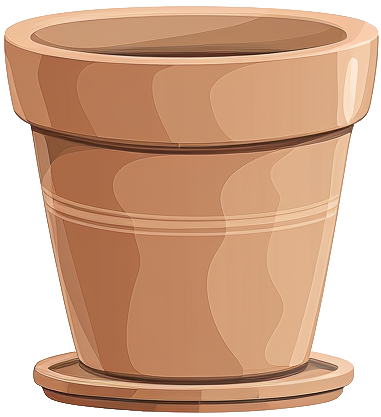- anthurium
- rugulosum

anthurium
rugulosum
rugulosum
Care level
Difficult
Popularity
Moderate
This Anthurium specie is notable for its textured and rough foliage, giving it a unique feel. Its thick, sturdy leaves are a deep green and have a bumpy surface, especially on the veins underneath. It is known to be nearly impossible to care for in an artificial environment.
Care & maintenance
Light
All areas of your interior that are roughly equidistant between shade and sun. These areas benefit from slight brightness throughout the day.
Temperature
Moderate (10°C - 20°C)
Fertilization frequency
Low
Once per season.
Soil
Choose a Epiphyte mix: An extremely well-draining, airy substrate that mimics tree bark. Allows roots to breathe while providing intermittent moisture.
If you want to create your own substrate, you can make a mixture of the following soils:
Click on the soil name for more information.
Pot

Standard size
Prefer a pot with a classic width/depth ratio.
Incorrect or incomplete information?
In our goal of building the best plant database, we sometimes make mistakes or have incomplete information. You can help us fill these gaps!
Features
Size & growth
Medium
Upright
Slow growth
This plant grows slowly. It can reach 30 to 90 cm in height or spread.
It grows upwards without support.
Toxicity
| Cat | |||
|---|---|---|---|
| Dog | |||
| Human |
Reproduction & propagation
Fruits & flowers
Flowering & not self-pollinating
The anthurium rugulosum can produce flowers and therefore fruits.
This plant is not capable of self-pollination, it will not be able to produce fruits if it is not pollinated by another individual.



